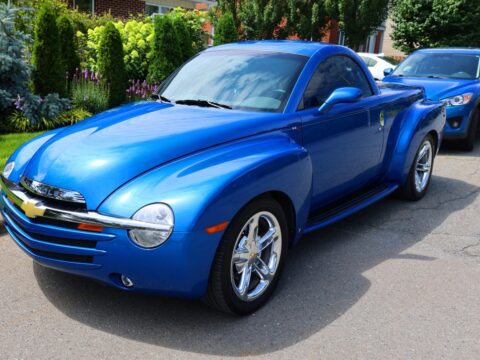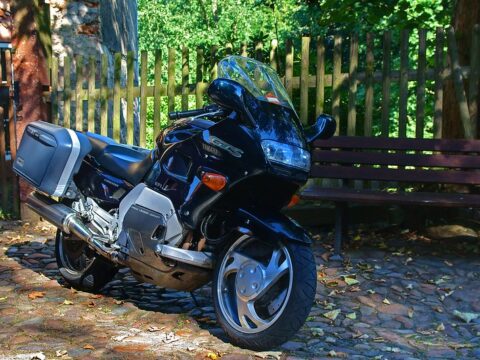Tactical vehicles are the backbone of military operations, designed to transport troops, equipments, and provide vital support in combat zones. However, not all designs have lived up to their intended purpose. Some vehicle features meant to enhance performance ended up hindering operational effectiveness, costing time, resources, and sometimes lives. From over-engineering to poor maneuverability, these missteps reveal critical areas where tactical vehicles fell short, highlighting the importance of balancing technology with practicality in high-pressure environments.
The evolving nature of warfare requires vehicles that can adapt to different terrains, withstand emerging threats, and offer versatility in a range of missions. Unfortunately, certain design flaws and outdated technology turned some vehicles into liabilities. These shortcomings, in some cases, jeopardized mission success and put soldiers at risk, showing the consequences of overlooking essential design elements in tactical vehicle development.
Contents
Over-Engineering
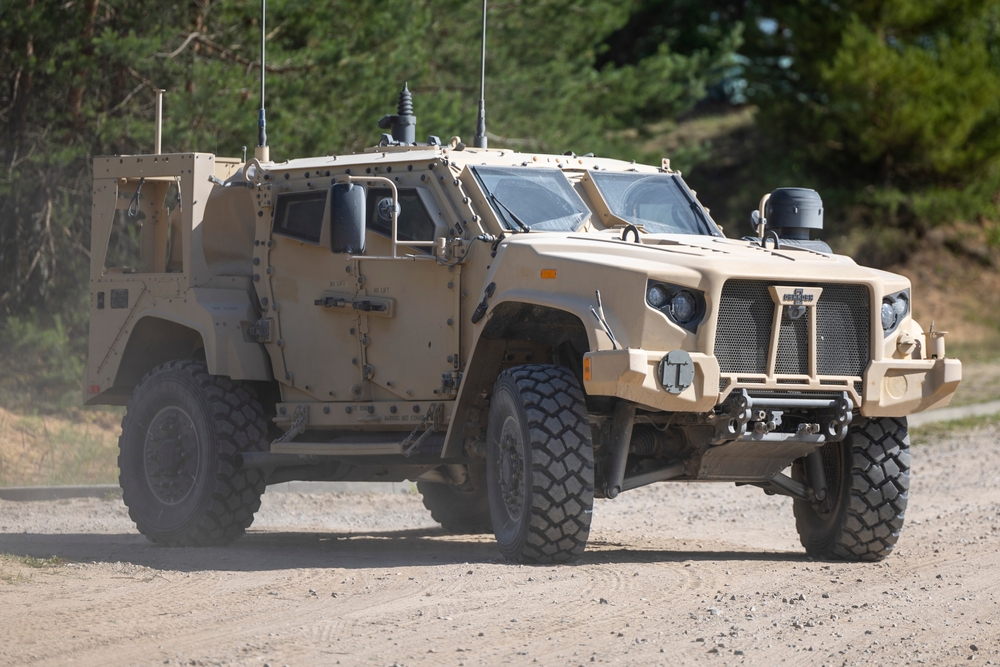
Over-engineering in tactical vehicles often leads to unnecessary complexity, which can hinder performance. In many cases, the desire to add cutting-edge technology and features created vehicles that were too difficult to maintain in the field. These vehicles often required specialized parts and expertise, which were not always available during combat situations. This resulted in downtime, limiting the vehicle’s operational effectiveness and increasing logistical burdens. The over-engineering issue also meant more weight, which compromised speed and agility.
Unsuitable Terrain Adaptation
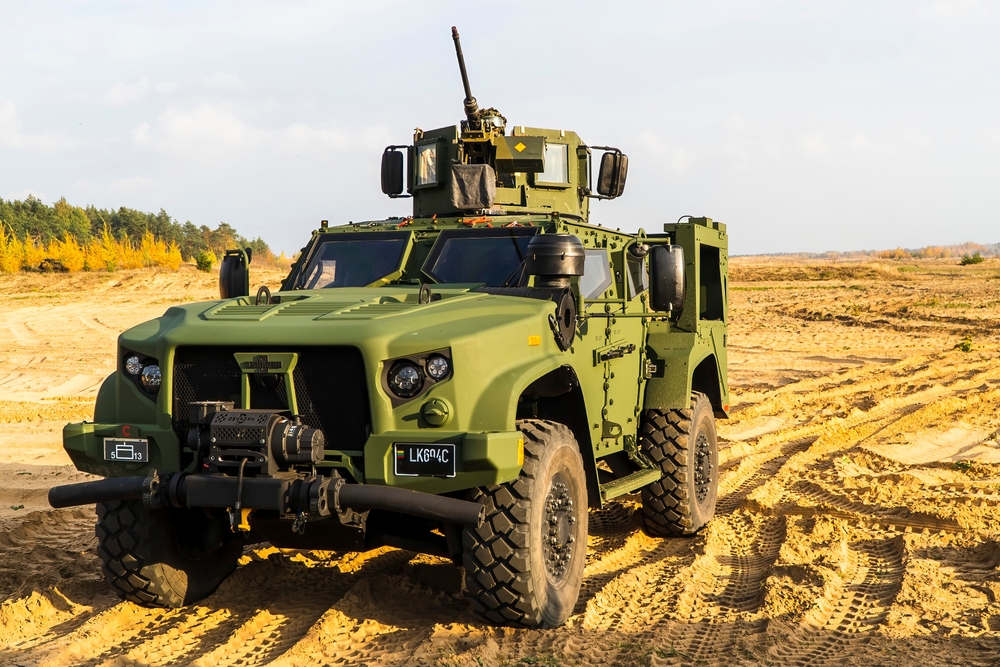
A tactical vehicle’s primary function is to navigate diverse terrains. However, some vehicles were designed without fully considering the environments in which they would operate. For instance, some vehicles excelled in urban or flat terrains but struggled in mountainous, desert, or jungle environments. When a vehicle cannot adapt to the terrain, it loses its tactical advantage, leaving troops vulnerable and compromising mission success. Unsuitable terrain adaptation can also cause increased wear and tear, leading to a shorter operational lifespan.
Poor Maneuverability
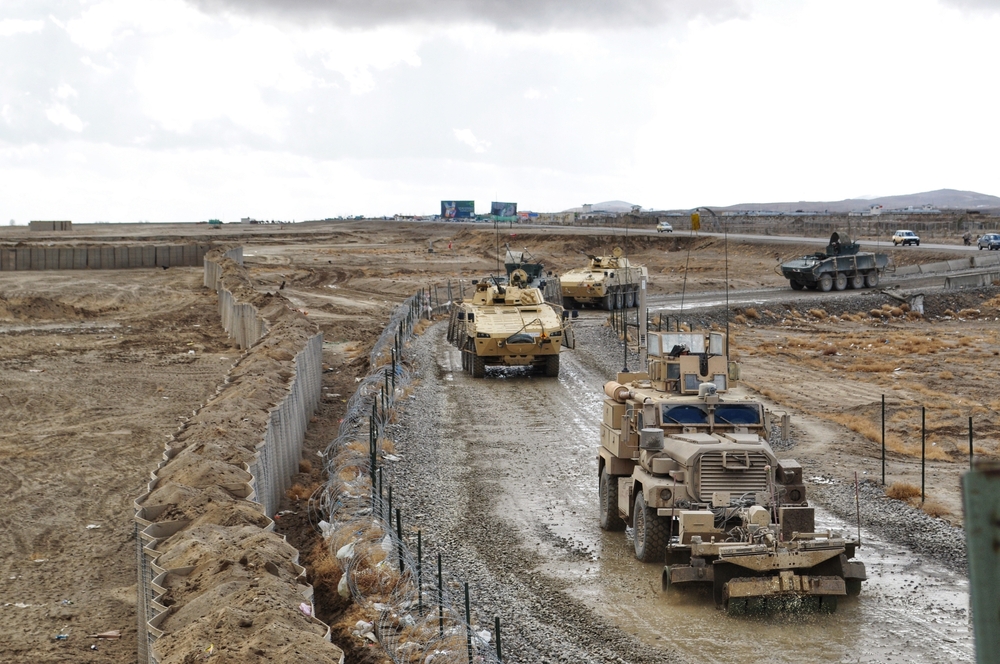
In combat situations, a vehicle’s ability to swiftly change direction and navigate tight spaces is crucial. Poor maneuverability can be detrimental, especially in urban warfare or close-quarter operations where agility is a must. Vehicles with large turning radii or slow response times struggle to keep up with the pace of modern warfare. This problem becomes even more critical in environments where rapid repositioning is necessary to avoid enemy fire or to navigate complex terrains, such as forests or narrow alleys.
Obsolete Technology
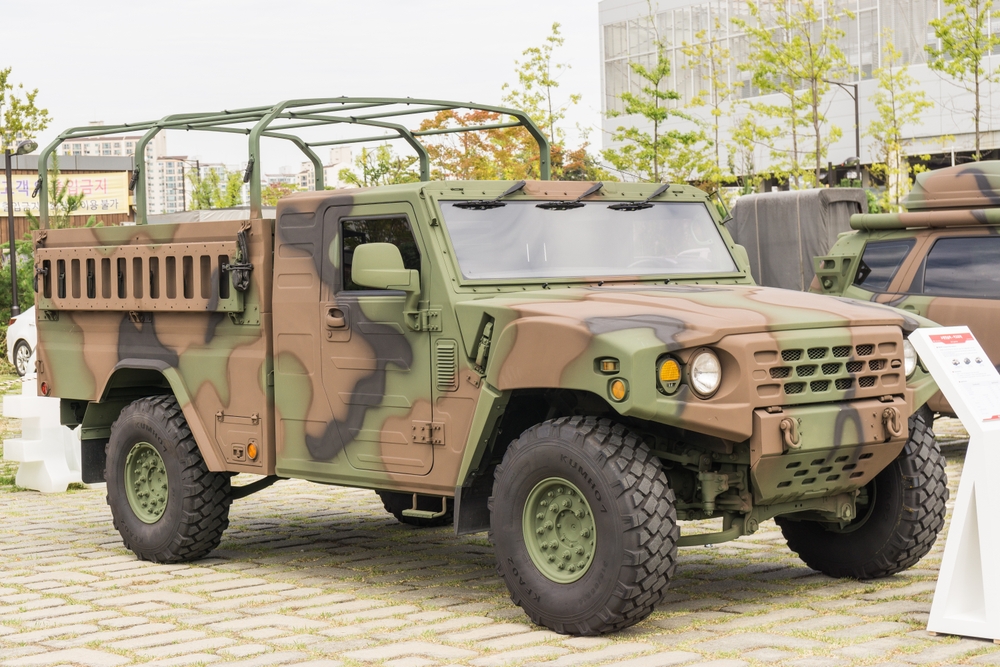
Outdated technology can severely limit a tactical vehicle’s capabilities, especially in communication, targeting, and defense. Many tactical vehicles were built with technologies that became obsolete within a few years due to rapid advancements in military technology. As a result, they lacked the necessary upgrades to handle modern threats, such as drones or advanced IEDs. The slow adoption of newer technologies meant these vehicles quickly became liabilities rather than assets, requiring retrofitting or replacement, both of which are costly.
Limited Utility
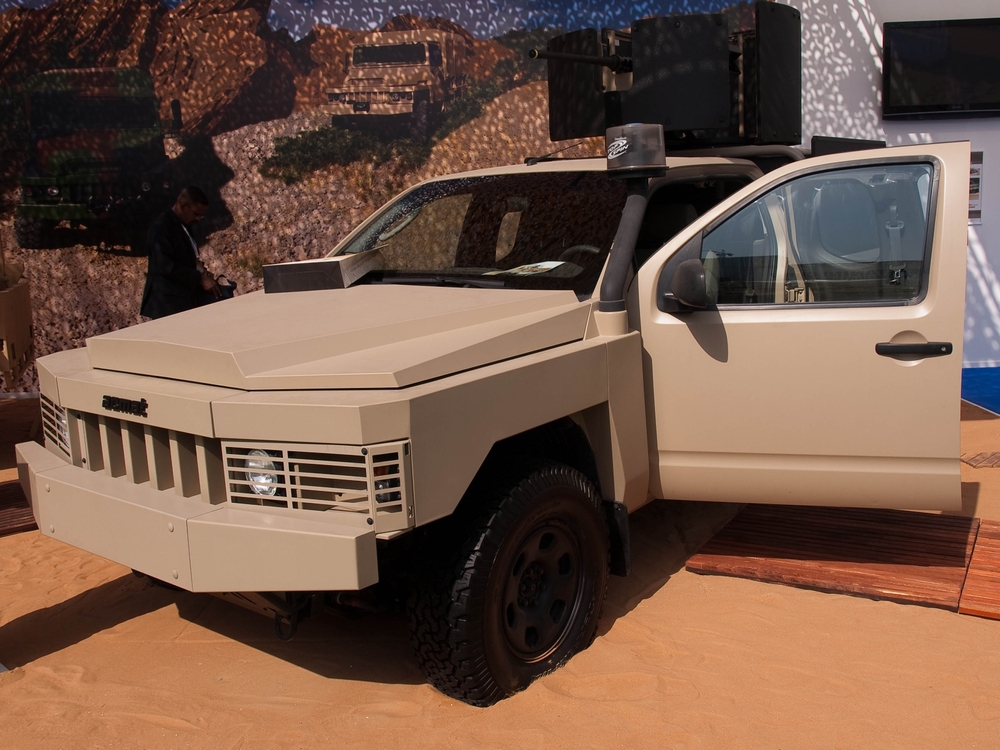
Vehicles designed with limited utility can only perform a narrow range of tasks, which restricts their versatility in the field. For example, a vehicle might be well-suited for transporting troops but lacks the capability to carry heavy equipment or provide necessary firepower. This lack of multifunctionality forces military units to rely on a larger number of specialized vehicles, complicating logistics and increasing the risk of a mission failure if the vehicle is not available or operational.
Cost Inefficiency

High development and maintenance costs have plagued certain tactical vehicles, making them financially unsustainable in the long run. Vehicles that require specialized parts, fuel, or frequent maintenance become cost-prohibitive for large-scale deployment. Moreover, the expense associated with keeping these vehicles operational far outweighs their utility in many cases. The military often has to make hard choices between investing in these vehicles or developing more versatile, cost-effective alternatives.
Vulnerable Armor
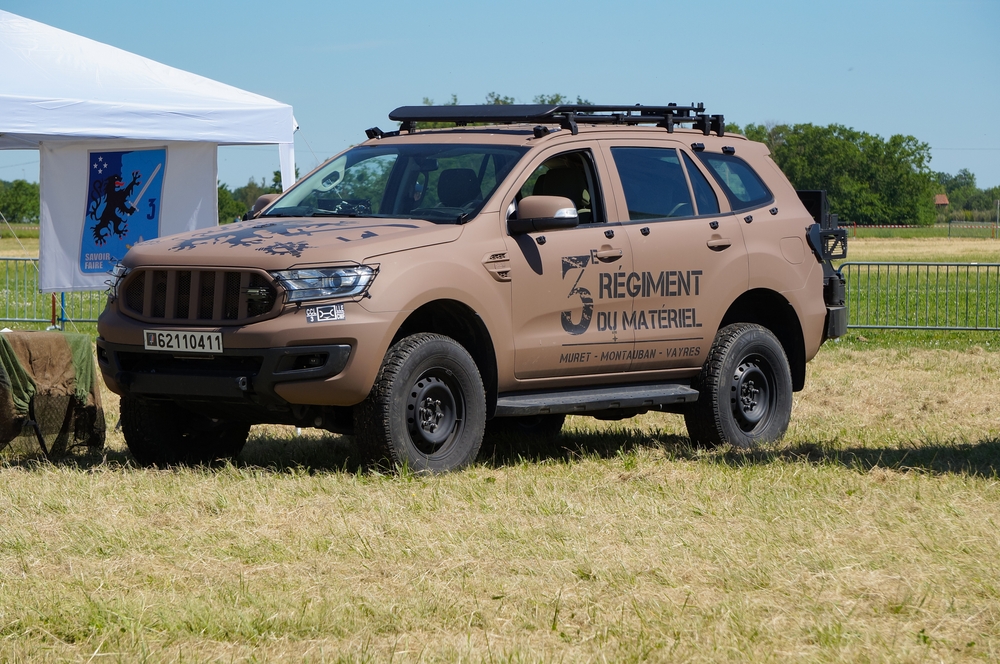
Inadequate or vulnerable armor is a critical flaw for tactical vehicles designed for combat zones. Some vehicles were developed without considering the evolving threats, such as armor-piercing rounds or IEDs. As a result, they became susceptible to enemy attacks, endangering the lives of their occupants. The inability to upgrade or reinforce armor post-production meant these vehicles were quickly outclassed by newer threats, further reducing their battlefield utility.
Excessive Weight
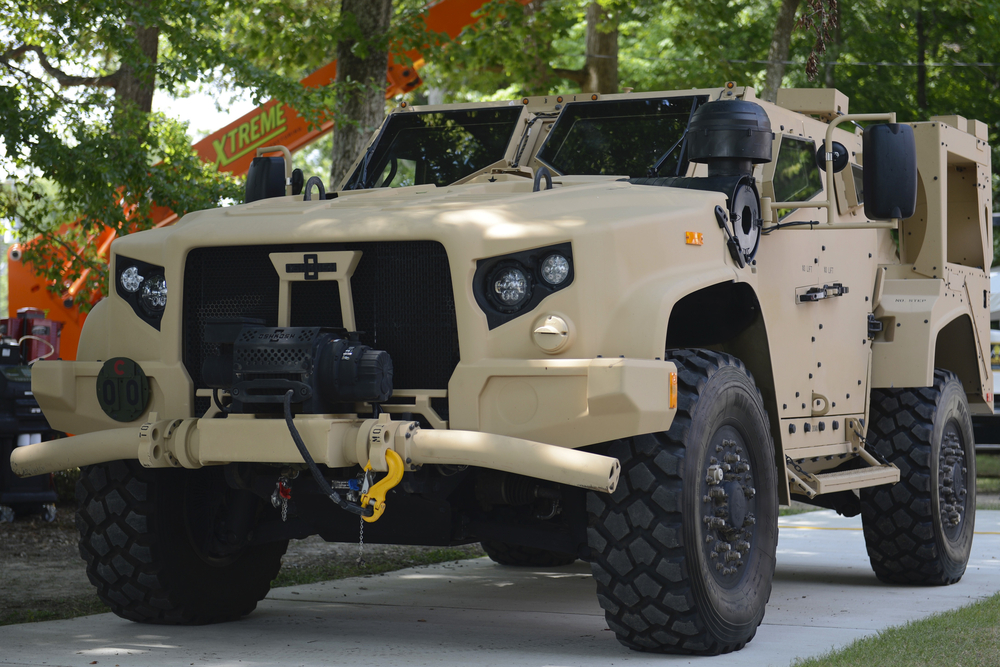
Many tactical vehicles suffer from excessive weight due to over-engineering or the addition of too many features. This additional weight compromises speed, fuel efficiency, and maneuverability. In combat situations, a slow vehicle is an easy target, and the added weight often leads to mechanical issues, such as suspension failures or accelerated wear on tires. The heavier the vehicle, the more logistical support it requires, further complicating deployment.
Poor Visibility
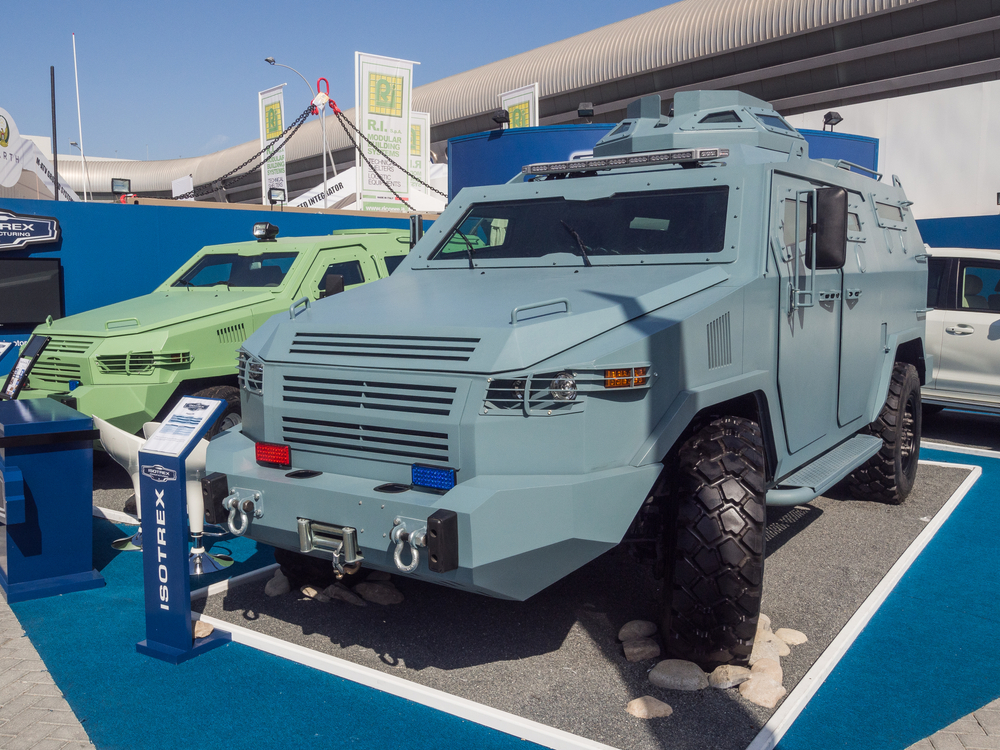
In some vehicles, design flaws led to limited visibility for drivers and crew members. Poor visibility, whether due to small windows, poorly placed viewing ports, or design features that obstruct sightlines, significantly hampers the vehicle’s operational effectiveness. This is particularly dangerous in fast-moving or close-quarter combat environments where situational awareness is crucial for avoiding ambushes or responding to enemy fire.
Inadequate Weapon Systems
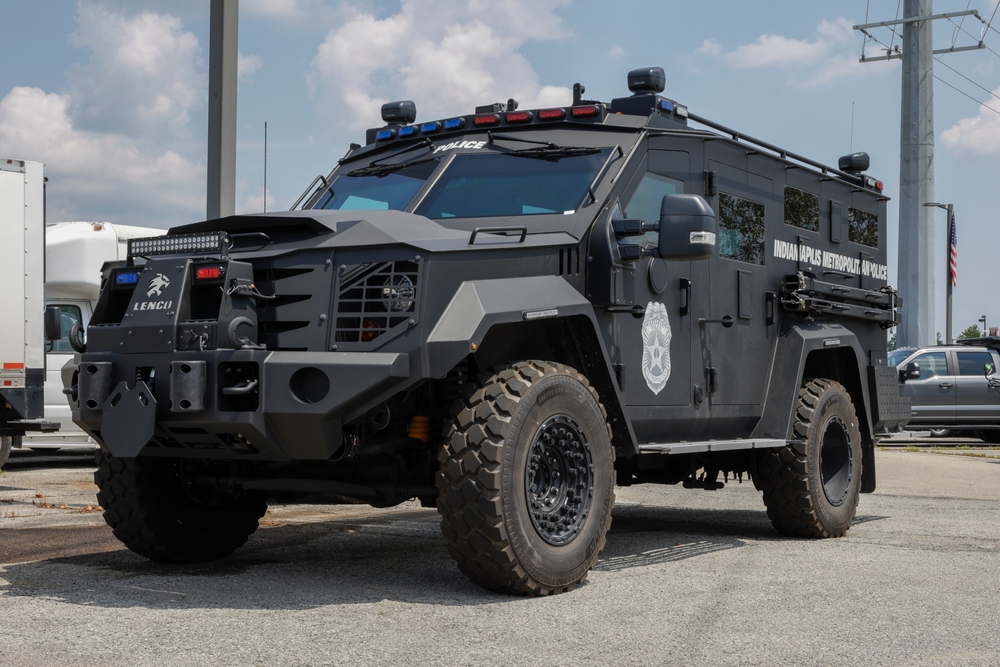
Some tactical vehicles were equipped with inadequate or poorly integrated weapon systems that limited their combat effectiveness. Whether due to misaligned weapon mounts, lack of ammunition storage, or weapons that were simply too cumbersome to operate in tight situations, these flaws hampered the vehicle’s ability to defend itself and support troops. In some cases, the weapon systems were also outdated or incompatible with the vehicles’ other technologies.
This article originally appeared on MyCarMakesNoise.
More from MyCarMakesNoise
13 Least Reliable Cars on the Market

When it comes to choosing a vehicle, reliability is often at the top of the list for most buyers. A car that consistently performs well without frequent visits to the repair shop is what everyone hopes for. Read More.
13 Pickup Trucks Designed for Heavy-Duty Work and Play

When it comes to pickup trucks, versatility is key. Whether you need a reliable workhorse to tackle heavy-duty jobs or a capable vehicle for weekend adventures, today’s trucks are designed to do it all. Read More.
10 Classic RVs That Are Making a Comeback

Classic RVs are more than just vehicles; they are symbols of a lifestyle that embraces freedom, adventure, and a touch of nostalgia. As the desire for simpler, more meaningful travel experiences grows, many iconic RVs are finding new life on the road. Read More.

